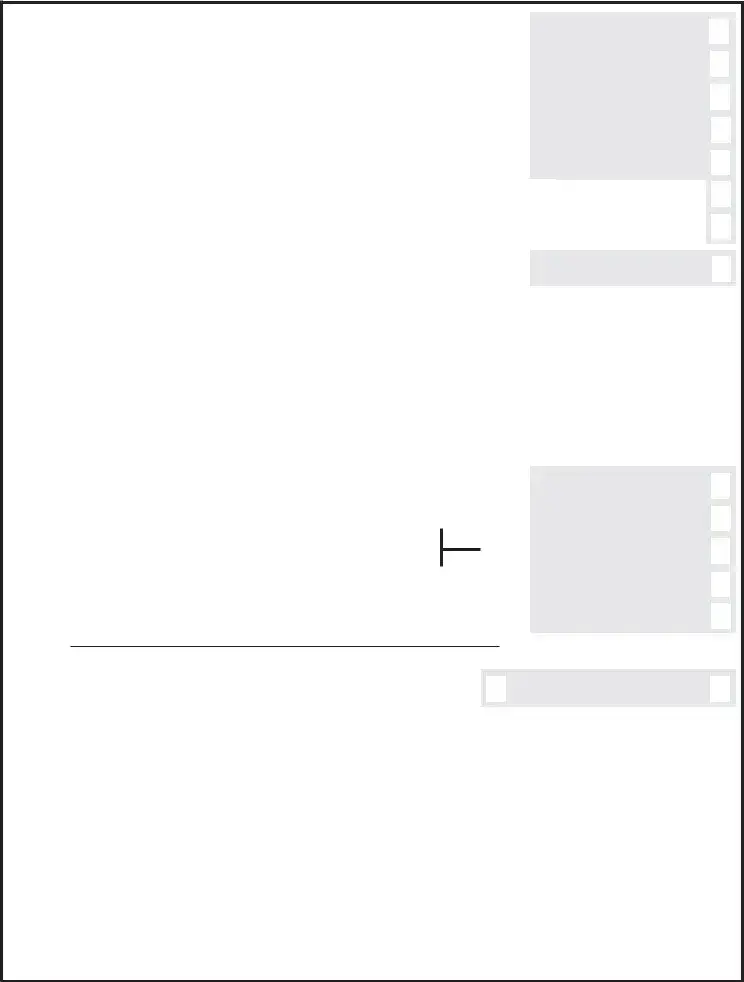Filling out forms for tax purposes can often be a daunting task, and the Tennessee BUS 415 form is no exception. It requires careful attention to detail, and there are common mistakes people tend to make when completing it. These mistakes can lead to delays in processing, potential penalties, or even incorrect assessment of taxes due.
One of the first mistakes is incorrectly reporting total gross sales. The form explicitly asks for sales excluding sales tax, yet many individuals inadvertently include sales tax in their total. This can significantly alter the taxable amount and the tax computation. It's crucial to carefully exclude any collected sales tax from the gross sales figure reported.
Another common error involves miscalculating deductions. The BUS 415 form permits various deductions from gross sales, such as returned merchandise and sales of services to out-of-state persons. However, filers sometimes either overlook eligible deductions or incorrectly calculate the amounts. This mishap can lead to a higher taxable amount, thereby increasing the tax liability unnecessarily.
Moreover, failing to report or incorrectly calculating the business tax due based on the classification rates provided in the form is a prevalent mistake. Each business classification has a corresponding tax rate, and using the incorrect rate can either inflate or deflate the tax due. This step requires double-checking the business classification and applying the correct rate meticulously.
Additionally, overlooking the personal property tax deduction is another oversight many filers commit. The form allows for a deduction up to 50% of the business tax amount for personal property taxes paid, yet this deduction is frequently missed. Not taking advantage of this allowance results in an inflated tax due.
Last but not least, inaccurately computing the final tax due, penalties, and interest is a common error. This part of the form involves several computations including adding or subtracting amounts from previous lines, and considering credits, penalties, and interest rates. Mathematical errors or misunderstandings of what values to include in these computations can significantly affect the total amount due.
In summary:
- Incorrectly reporting total gross sales by including sales tax.
- Miscalculating deductions that could lower the taxable amount.
- Using the incorrect business classification rate for tax calculation.
- Omitting the personal property tax deduction, leading to an inflated tax liability.
- Making computational errors in the final tax due, including penalties and interest.
To avoid these mistakes, thoroughness and attention to each detail on the form are paramount. When in doubt, consulting with a tax professional or the Tennessee Department of Revenue can provide clarity and ensure the form is completed correctly.






 .00
.00










































 .00
.00





 .00
.00





 .00
.00





 .00
.00





 .00
.00




 .00
.00




 .00
.00





 .00
.00





 .00
.00





 .00
.00





 .00
.00





 .00
.00





 .00
.00






 .00
.00